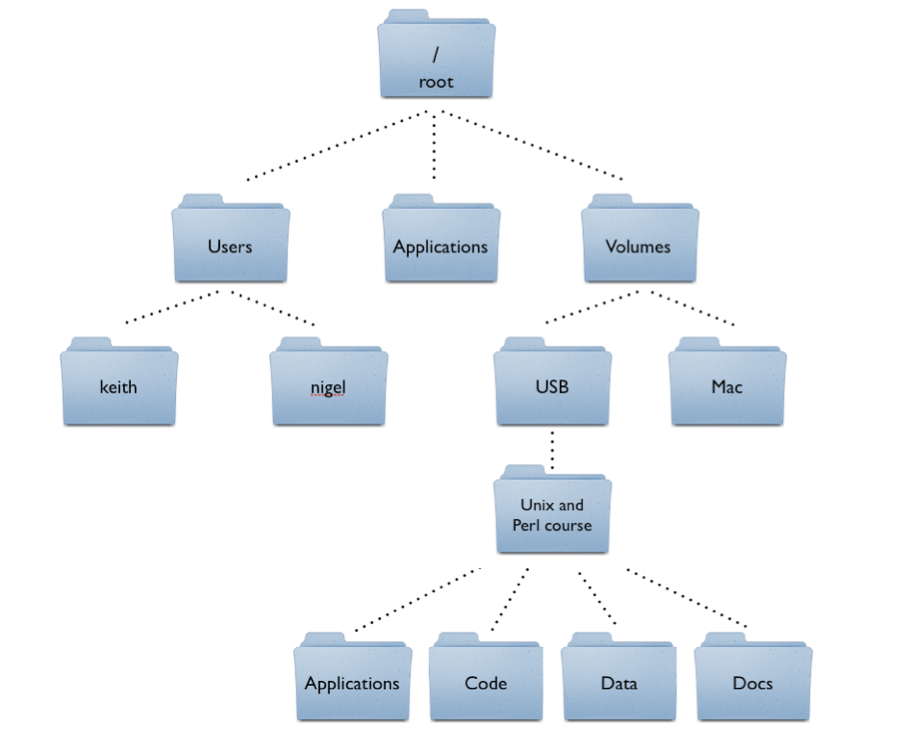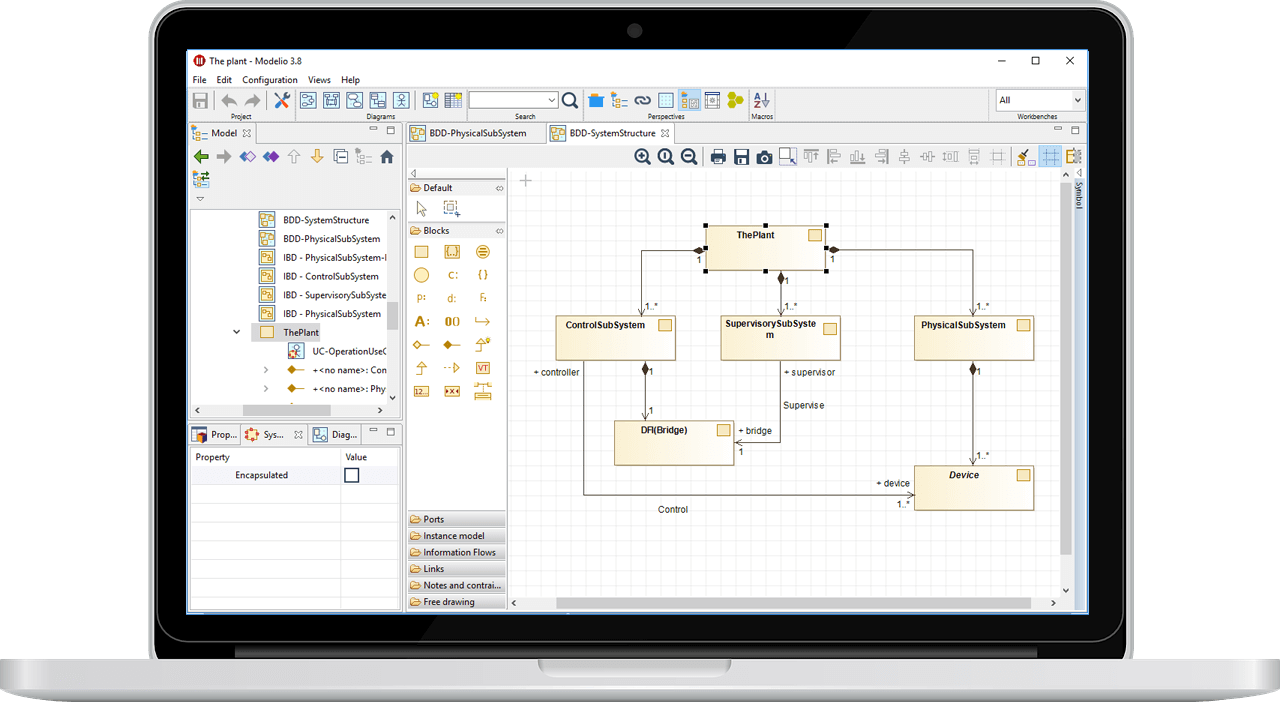

The "Requirements catalog" artifact -ħ.4.2.

Essential concepts used in models -ħ.4.1. Nature of phase A artifacts: Vision -ħ.1.2.

Choosing a representation mode for TOGAF models -ħ.1.1. Preliminary phase: Determining useful artifacts in the context of the enterprise -Ħ.2.1. Summary of the appropriate use of modeling techniques -Ħ.1.1. Tools available in the marketplace -ĥ.8.3. Modeling tools: A necessary medium -ĥ.8.2. Usefulness and support: Major criteria -ĥ.6.3."Bottom-up" or "top-down": Two limited techniques -ĥ.8.1. Limitations inherent to any model -ĥ.6.2. Using traceability in enterprise architecture -ĥ.6.1. The angle from which a problem is looked at -ĥ.4.3. Models: Benefits, uses, and characteristics -ĥ.2. Classification plan: Architecture continuum -ĥ.1. Architecture building blocks and solution building blocks -Ĥ.1.2. Conceptual, logical, and physical -ģ.3.2. Artifacts, deliverables, and building blocks -ģ.2.3. 3 The Components of TOGAF Architecture -ģ.1.1. Priority to target architecture or baseline architecture -Ĭh. Phases G and H (implementation governance, architecture change management) -Ģ.3.2. Phases E and F (opportunities and solutions, migration planning) -Ģ.2.5. Phases B, C, and D (Elaboration of Business, Information System, and Technology Architectures). Architecture strategy, governance, and principles -ġ.4.2. Stakeholders and the human factor -ġ.2.6. Goals, constraints, and requirements -ġ.2.5. ADM and the TOGAF crop circle diagram -ġ.2.4.
#MODELIO ORGANIZAING YOUR DIAGRMS FREE#
Includes intuitive summaries of the complex TOGAF standard to let you effectively model enterprise architectureUses practical examples to illustrate ways to adapt TOGAF to the needs of your enterprise Provides model examples with Modelio, a free modeling tool, letting you exercise TOGAF modeling immediately using a dedicated tool Combines existing modeling standards with TOGAF. The examples featured in this book were realized using the open source Modelio tool, which includes extensions for TOGAF. Focusing on the architecture transformation method, TOGAF provides a wide framework, which covers the repository, governance, and a set of recognized best practices. Although widespread and growing quickly, enterprise architecture is delicate to manage across all its dimensions. This book describes the TOGAF standard and its structure, from the architecture transformation method to governance, and presents enterprise architecture modeling practices with plenty of examples of TOGAF deliverables in the context of a case study. This solution-focused reference presents key techniques and illustrative examples to help you model enterprise architecture. Modeling Enterprise Architecture with TOGAF explains everything you need to know to effectively model enterprise architecture with The Open Group Architecture Framework (TOGAF), the leading EA standard.


 0 kommentar(er)
0 kommentar(er)
